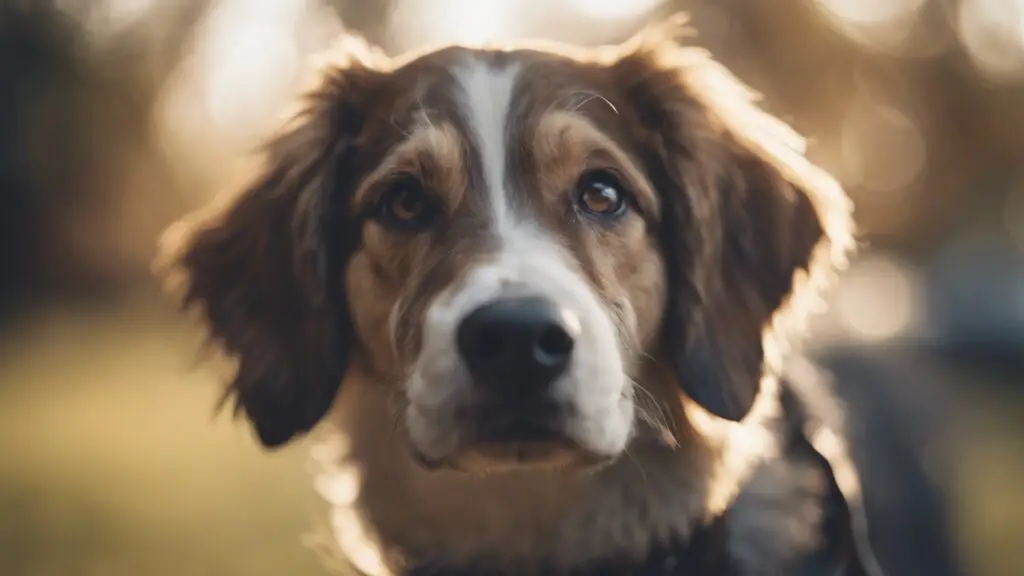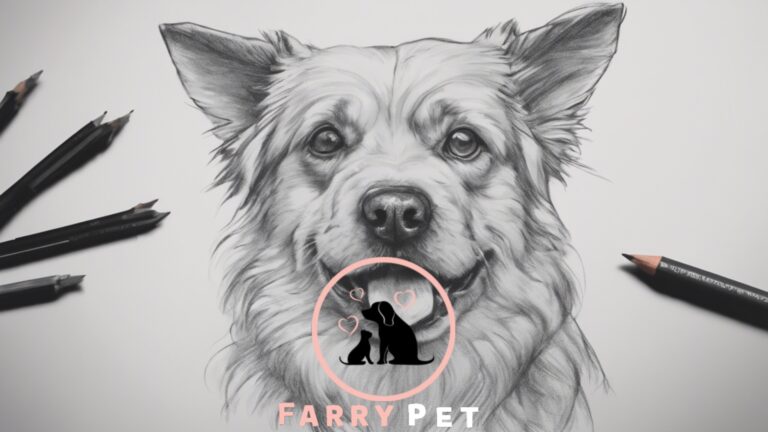
The best time for dog training is typically during puppyhood, starting at around 8 weeks old. They’re most receptive to learning and socialization in this early stage of life.
Establishing a regimen for dog training should begin as soon as your puppy is ready to interact with people and other animals.
Positive reinforcement and consistent methods from the start encourage your pet’s behavioral development and strengthen the bond between you and your furry friend.
Professional trainers often emphasize the importance of early training, but it’s never too late to start teaching an older dog new tricks.
The key is patience, consistency, and understanding each dog’s unique personality and learning pace. As dog owners aim to cultivate good habits and obedience, starting training early sets the stage for a well-behaved companion throughout its life.
Assessing the Right Age for Training Your Pup
Dog training is a fundamental aspect of pet ownership. The right age for training is crucial for success. It’s not just about teaching tricks.
It’s about setting the stage for a lifetime of good behavior. Let’s explore the perfect time to start this journey.
Puppy Development Stages
Understanding how puppies grow is key. It helps in designing training programs that suit their physical and mental abilities. Here’s a breakdown:
- 8-10 weeks: Basic socialization
- 2-4 months: Prime time for basic commands
- 4-6 months: Ideal for continued training and socialization
Each stage builds upon the last. It’s a ladder of learning that sets pups up for the next phase in life.
Early Training Advantages
Beginning training early offers several benefits:
| Advantage | Explanation |
| Better Social Skills | Pups learn to interact positively with dogs and humans. |
| Prevents Bad Habits | Training early stops bad behaviors before they start. |
| Enhances Bonding | A strong bond with the owner forms through training sessions. |
| Easier Learning | Puppies learn faster and retain lessons longer when young. |
Start training your pup as soon as they join your home. Tailor the lessons to their developmental stage for the best results. Enjoy the process as your puppy learns and grows!
Training Young Dogs: Striking the Balance
Training a young dog is a journey. It is crucial to start at the right moment. Puppies learn quickly, so an early start is beneficial. A balanced approach ensures they enjoy learning.
Now, let’s focus on how to teach them effectively.
Teaching Basic Commands
Starting with basic commands lays a strong foundation. Young dogs can grasp simple instructions like ‘sit’, ‘stay’, and ‘come’. Early lessons shape their future behavior. Use these tips:
- Keep sessions short and fun.
- Use treats as rewards for positive reinforcement.
- Practice commands in different settings for adaptability.
Remember, practicing little and often is key. This builds memory and obedience.
Importance of Consistency
Consistency is the magic ingredient in dog training. It requires patience and commitment. Apply these strategies:
- Establish a routine.
- Use the same words for each command.
- Involve all family members to reinforce training.
Persistent and uniform training ensures your dog understands what is expected. This achieves the best results.
Consistency is not just about frequency but also about being uniform in your approach and expectations.
Adult Dogs and Trainability
Many people think puppies are the only ones who can learn new tricks. This is not true. Adult dogs can learn, too.
Debunking Age-related Myths
Older dogs can learn just like young ones. Age does not stop them from learning. Some people call this ‘set in their ways.’ It is not correct. With the right approach, any dog can learn at any age.
- Older dogs may learn differently.
- They might need more patience and repetition.
- Training changes bad habits into good ones.
Techniques for Older Dog Training
Training an older dog needs the right steps. Positive reinforcement is key. This means giving them treats or praise for doing things right. Short, clear commands work best. Let’s look at some tips:
- Use treats to make learning fun.
- Keep training sessions short and sweet.
- Be patient and give them time to understand.
- Repeat exercises to help them remember.
- Always end with praise to build confidence.
Training Sessions Timing
Getting your dog’s training right involves knowing the perfect timing for sessions. Not just any time of day will do. You need to consider your dog’s routine, energy levels, and mood.
Understanding these elements can lead to more productive training, with your pet learning faster and retaining more.
Best Times of Day for Learning
Dogs, like humans, have periods where they learn best. This is often tied to their energy levels. Morning sessions are ideal for many dogs; they’re refreshed and ready to focus.
Yet, some dogs may thrive with evening training when their morning restlessness has faded. Consistency is key. Choose a time when distractions are minimal, and stick to it. This helps create a routine your pet can anticipate.
Reading Your Dog’s Signals
Your dog will tell you when they’re ready to learn. Look for signs of eagerness and alertness:
- Perked ears
- Bright eyes
- Attentive posture
If your dog shows stress signals like yawning, licking lips, or avoidance, it may not be the best time for learning. Wait for signs of readiness before you begin.
Seasonal Considerations in Dog Training
Training your dog is a year-round adventure, bringing unique challenges and opportunities each season. Understanding the seasonal considerations in dog training is crucial.
It ensures your furry friend’s education is consistent and effective no matter the time of year. Let’s dive into how different seasons can influence dog training.
Weather Impact on Training
Weather plays a big role in how and when to train your dog. Summer heat can make outdoor training tough on your pet. Always have water available.
The cold winter months might seem less ideal, but dogs still need regular training and exercise. Dress warmly, keep sessions short, and watch for signs your dog is cold.
Spring showers bring about muddy conditions, so prepare for a mess. Take advantage of the mild weather in the fall for outdoor fun and training.
Indoor vs. Outdoor Sessions
Choosing between indoor and outdoor sessions is important. Indoor training is great when the weather is bad. You can use hallways for fetch or stairs for exercise.
Outdoor training is perfect when the weather is nice. Parks and backyards become ideal spots. Remember, indoor sessions help with focus, while outdoor sessions offer distractions. Train in both settings for a well-rounded dog.
Dogs can learn all year. Keep sessions short and fun. Match training to the weather and your dog’s needs. Your dog will thank you with good behavior year-round.
Incorporating Training Into Daily Routines
Do you wonder how seamlessly integrating dog training into your everyday life can work wonders? It’s simpler than you might think!
Transform daily interactions into teachable moments that benefit you and your furry friend. Let’s dive in to make every moment with your dog count.
Making Every Interaction a Learning Opportunity
Every time you interact with your pet, there’s a chance for learning. It starts with simple commands like ‘sit’ or ‘stay’ during daily activities.
Imagine asking your dog to ‘sit’ before meals, ‘stay’ when the doorbell rings, or ‘come’ before walks. Consistency is key; soon, these commands become second nature to your pup.
- Feeding time: Use ‘sit’ to encourage patience before eating.
- Playtime: Integrate ‘fetch’ and ‘drop it’ for better control.
- Walks: Practice ‘heel’ to keep them close and safe outdoors.
Long-term Benefits of Continuous Training
Embedding training into your routine reaps rewards that last a lifetime. Dogs thrive on consistency and routine, which strengthen their obedience skills.
Through continuous practice, they gain confidence and trust, leading to a well-behaved pet. This table breaks down some long-term benefits:
| Benefit | Description |
| Improved Behavior | Daily training reduces bad behavior. |
| Stronger Bond | Spending quality time builds trust and respect. |
| Mental Stimulation | Challenges their mind, preventing boredom. |

Frequently Asked Questions
What is the Ideal Time to Train a Dog?
The ideal time to train a dog is during puppyhood, typically between 8 weeks and 6 months old, as they are more receptive to learning.
What Age is Best for Dog Training?
The ideal age for dog training is typically around 8 weeks old. Early training harnesses a puppy’s rapid learning capacity, setting the foundation for future obedience and socialization skills.
What Age is a Dog Hardest to Train?
The age at which dogs are typically hardest to train is during adolescence, usually between 6 and 18 months. They become more independent and may test boundaries during this stage.
Is It Better to Train Dog Before or After Walk?
Training your dog before walks can improve focus and drain excess energy, making the walk more enjoyable and manageable for both the dog and the owner.
What Age to Start Puppy Training?
Puppy training often begins at around 8 weeks old when they can learn basic commands and socialization skills.
Conclusion
Establishing the optimal timing for dog training is crucial for an effective regimen. Early training ensures a well-mannered, socialized pet.
Aim for those puppy months, but remember, it’s never too late to start. Regular sessions, patience, and consistency will lead to the best outcomes.
Take the leash on your dog’s training journey now, and enjoy a lifetime of companionship and harmony.






